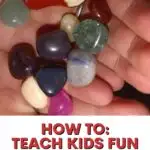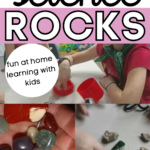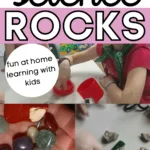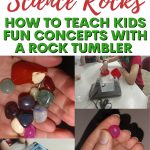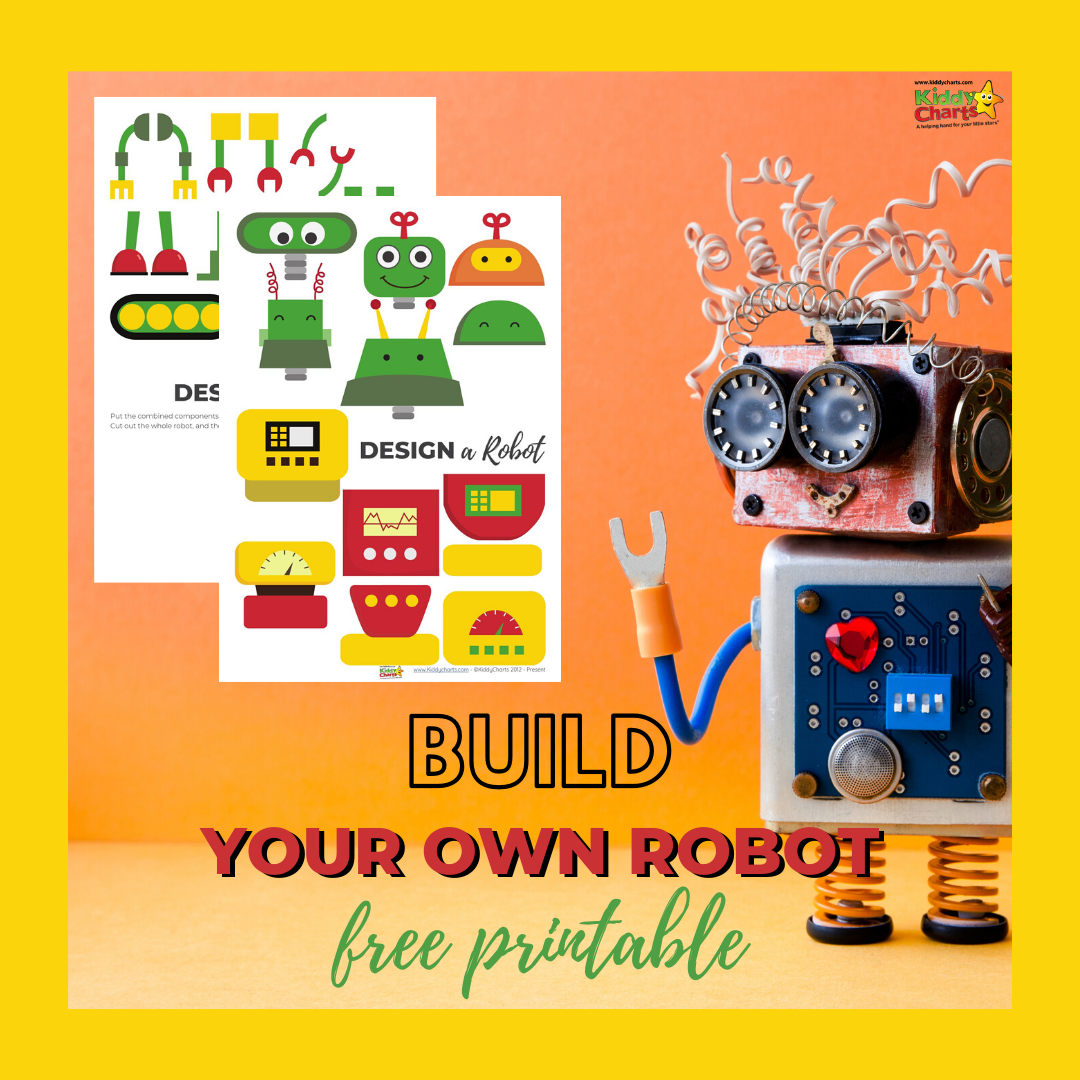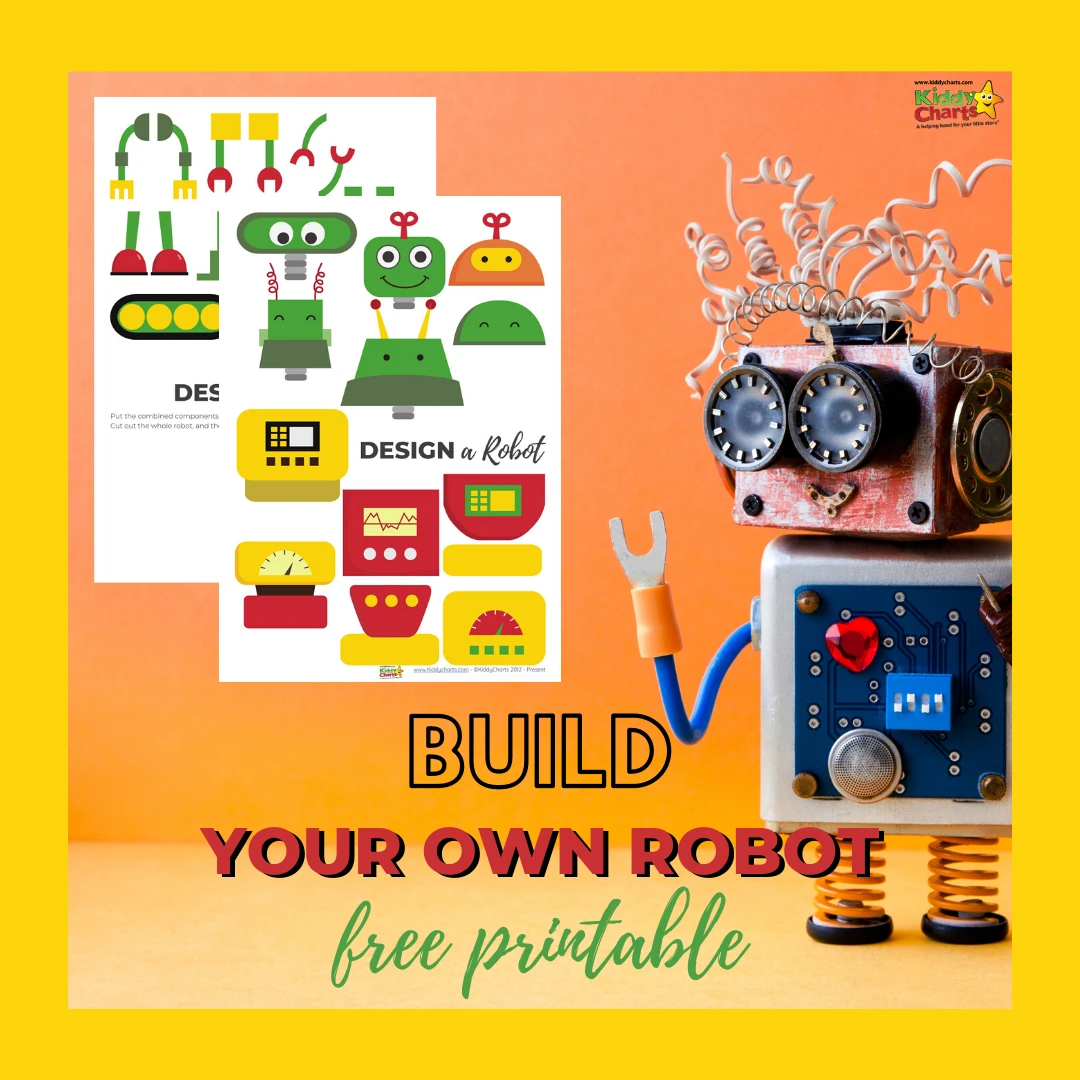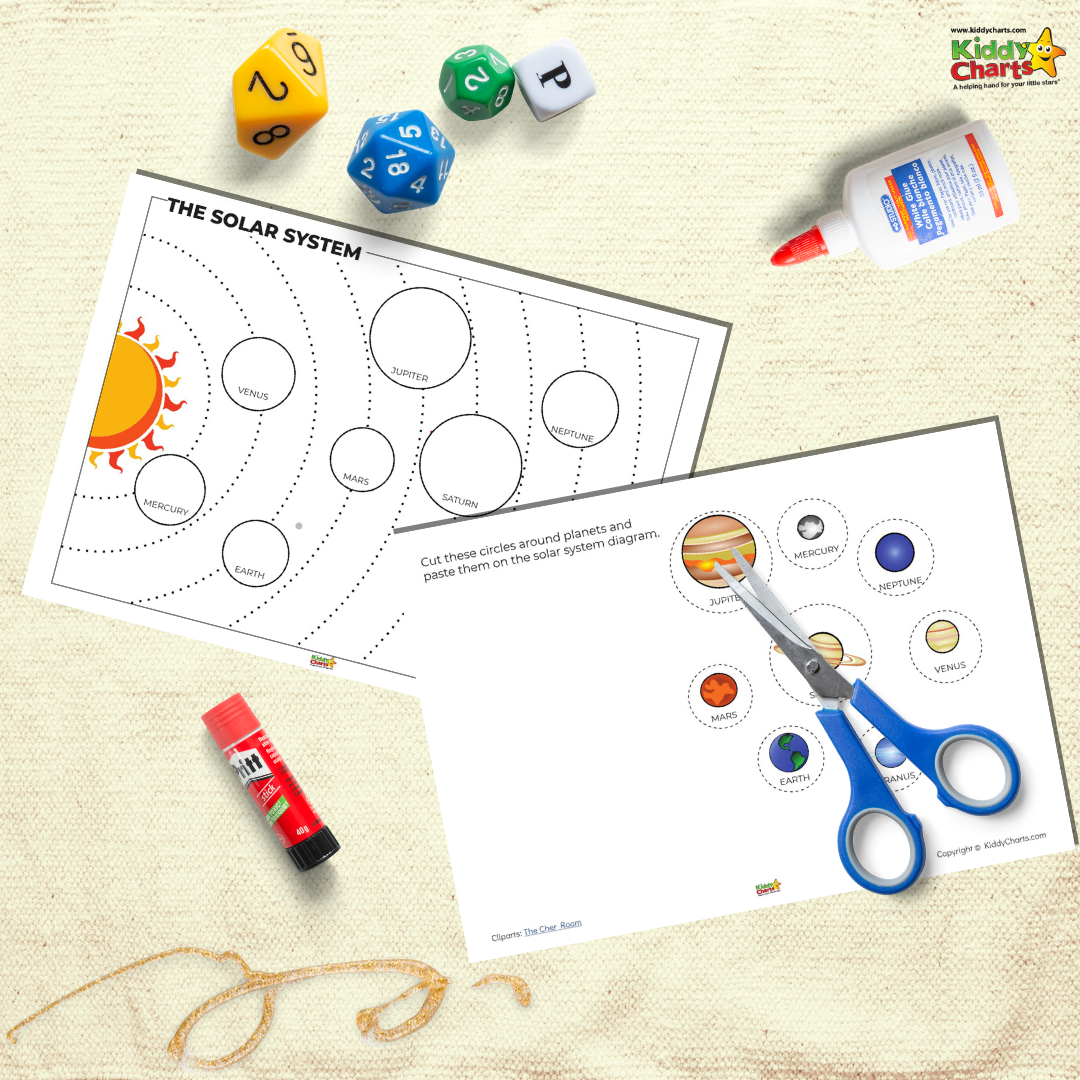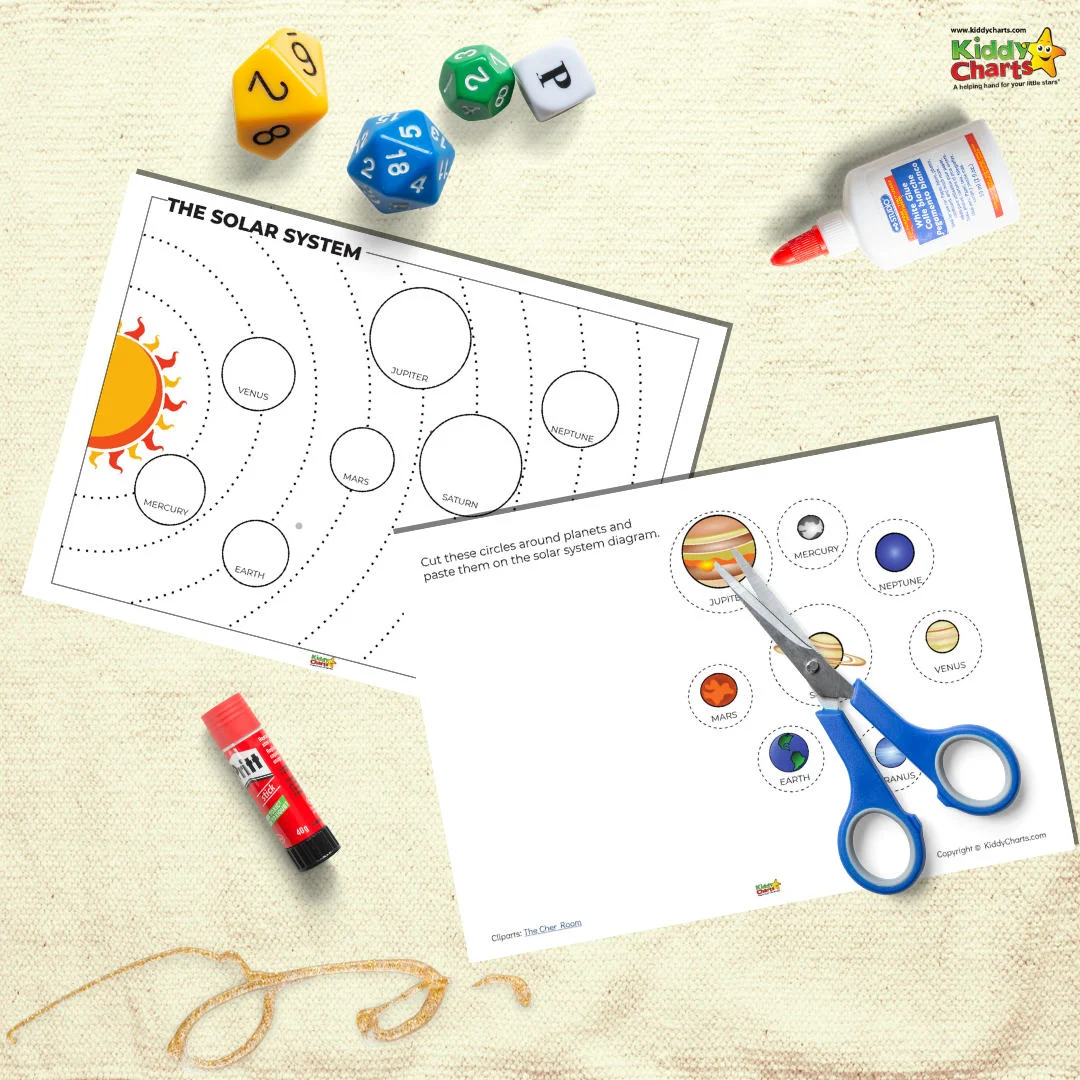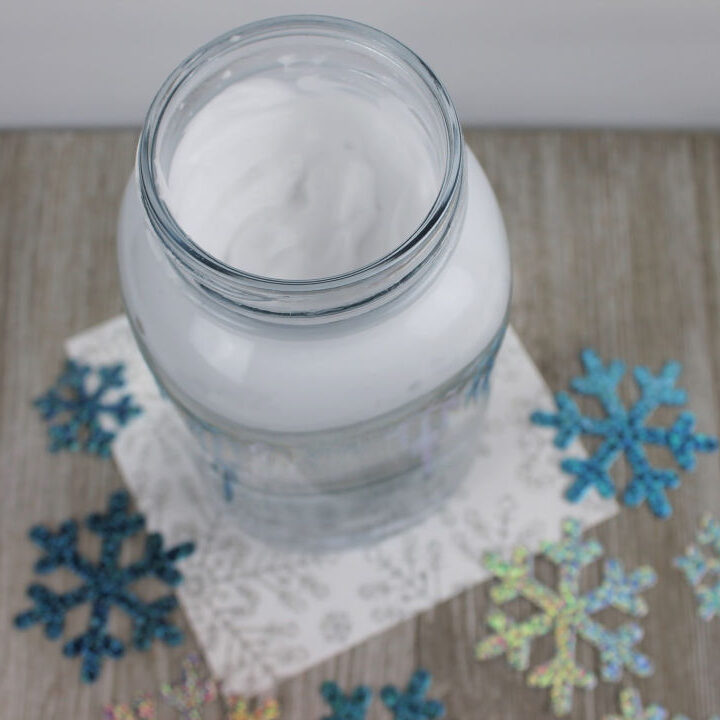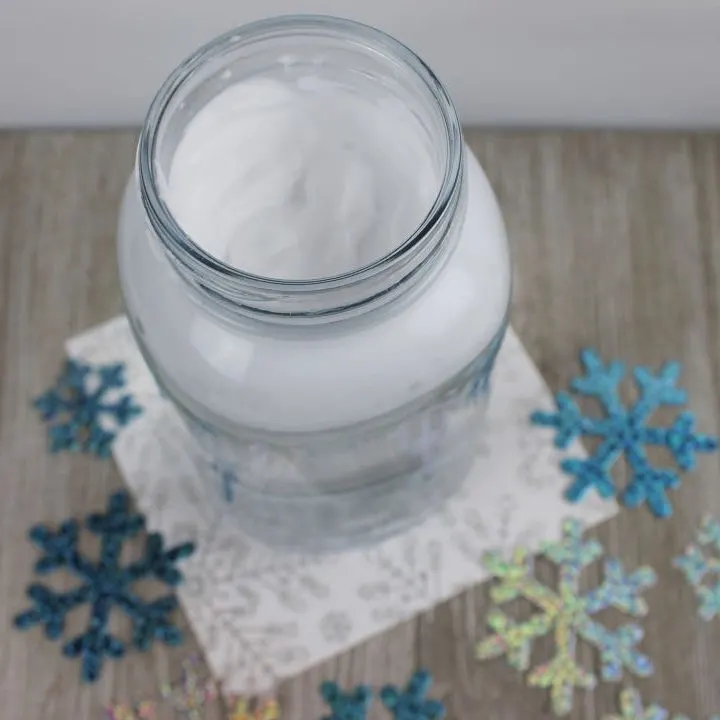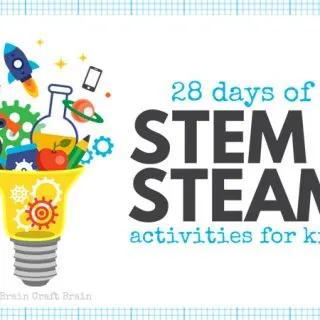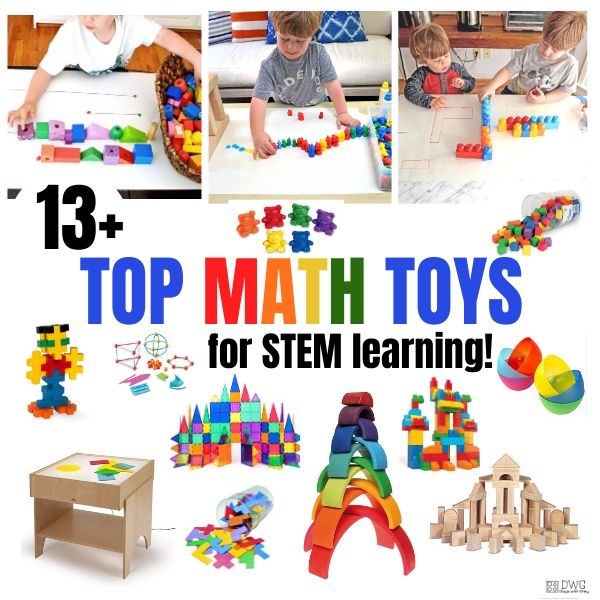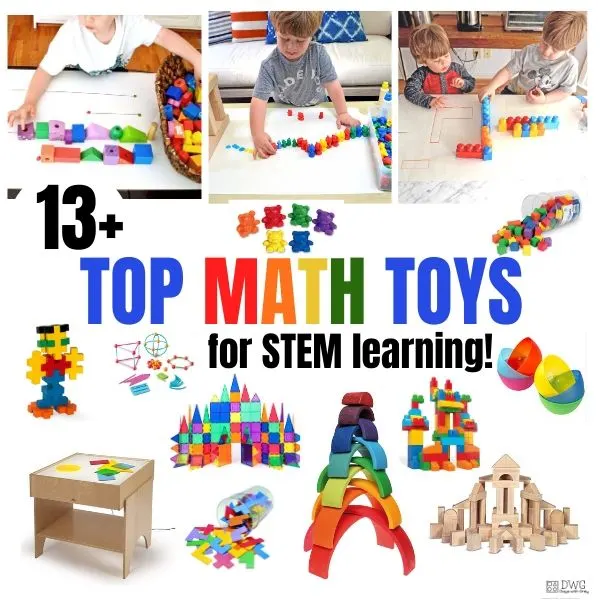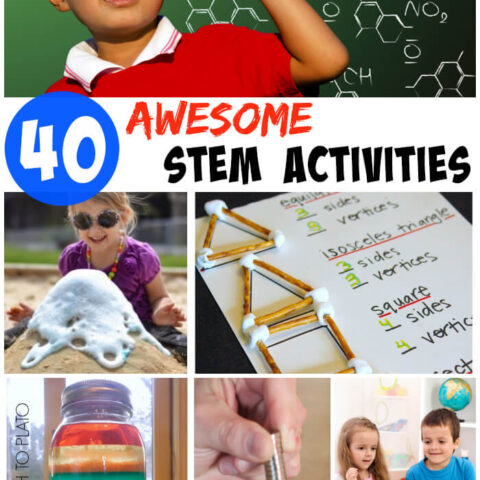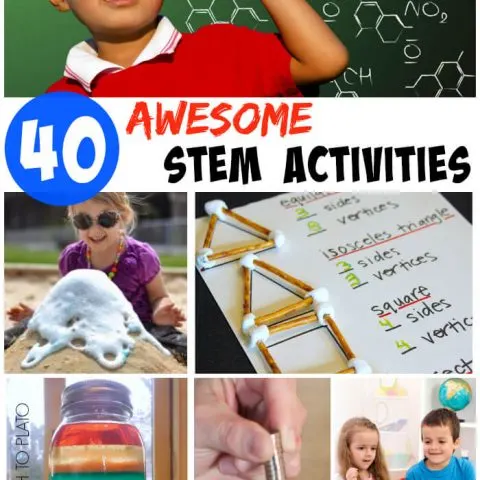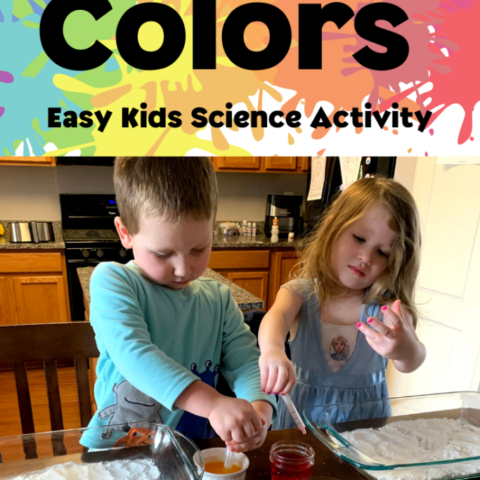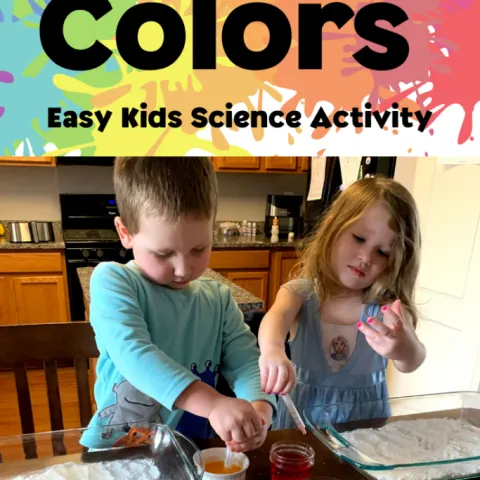Today in our 31 Days of Activities, we have a lovely STEM activity for the kids to help teach them just how much Science Rocks! This is from the Hess Un-Academy site, so do take a look at all the wonderful resources they have on site too. Has your child ever stopped to pick up an interesting rock in the playground, or a pebble on the beach? “Look Mom, this rock looks like a heart!” If your kids love rocks, you might consider enjoying a rock tumbler science activity with them.
This post contains Amazon affiliate links.

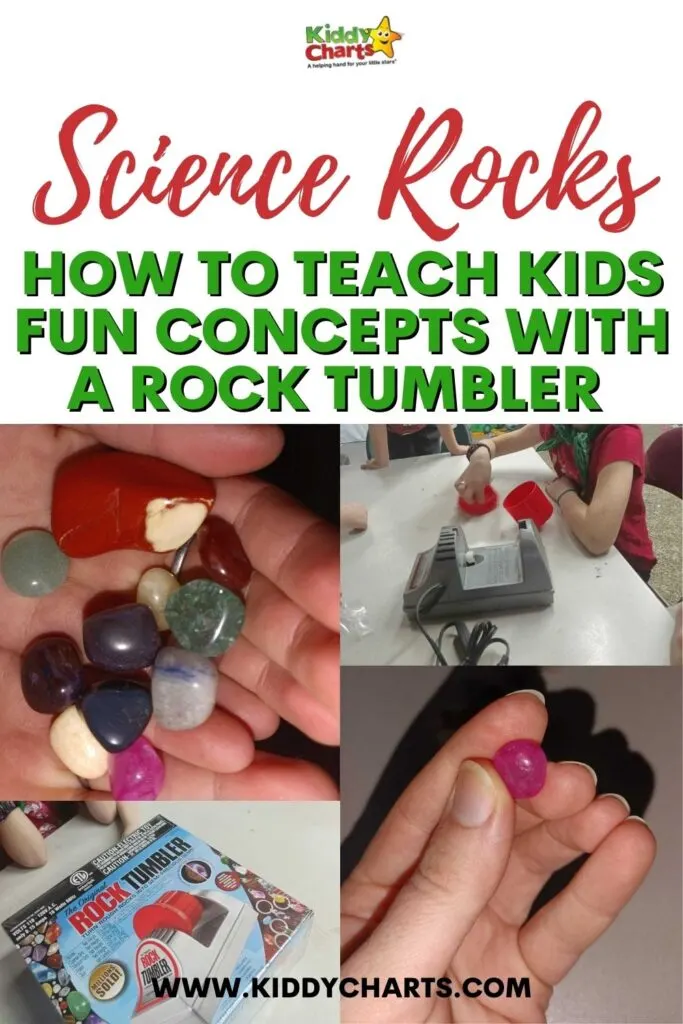
Rocks come in many different shapes, colors, and textures—which make them a great (and very accessible and affordable) way to teach basic concepts. You can teach toddlers how to sort and count. You can ask preschoolers to spot the differences, which is the first step to analyzing and abstract thinking.
For older children aged 7 to 10, who are starting to learn about the Natural World in their Science classes, you can also use rocks and a rock tumbler to demonstrate mechanical weathering: the geological process where water, friction, and weather break down rocks and minerals.
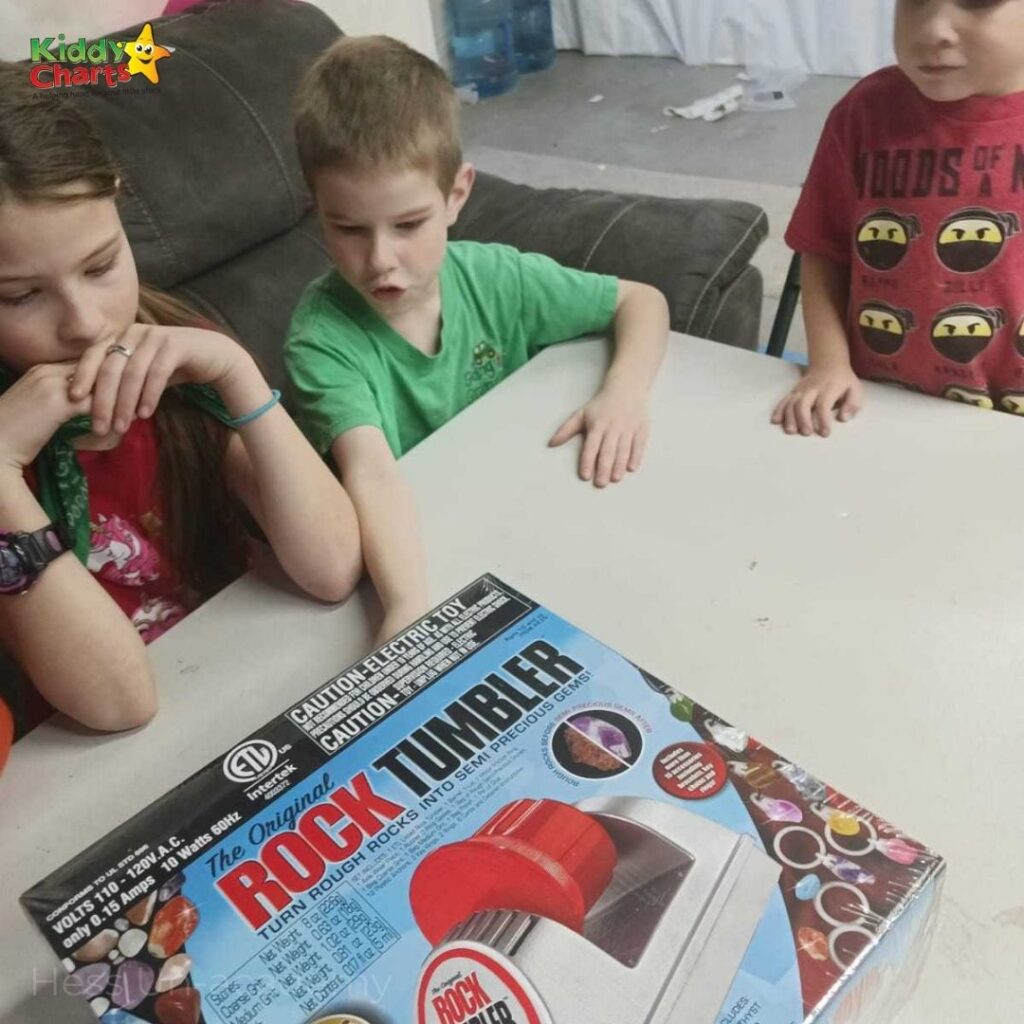
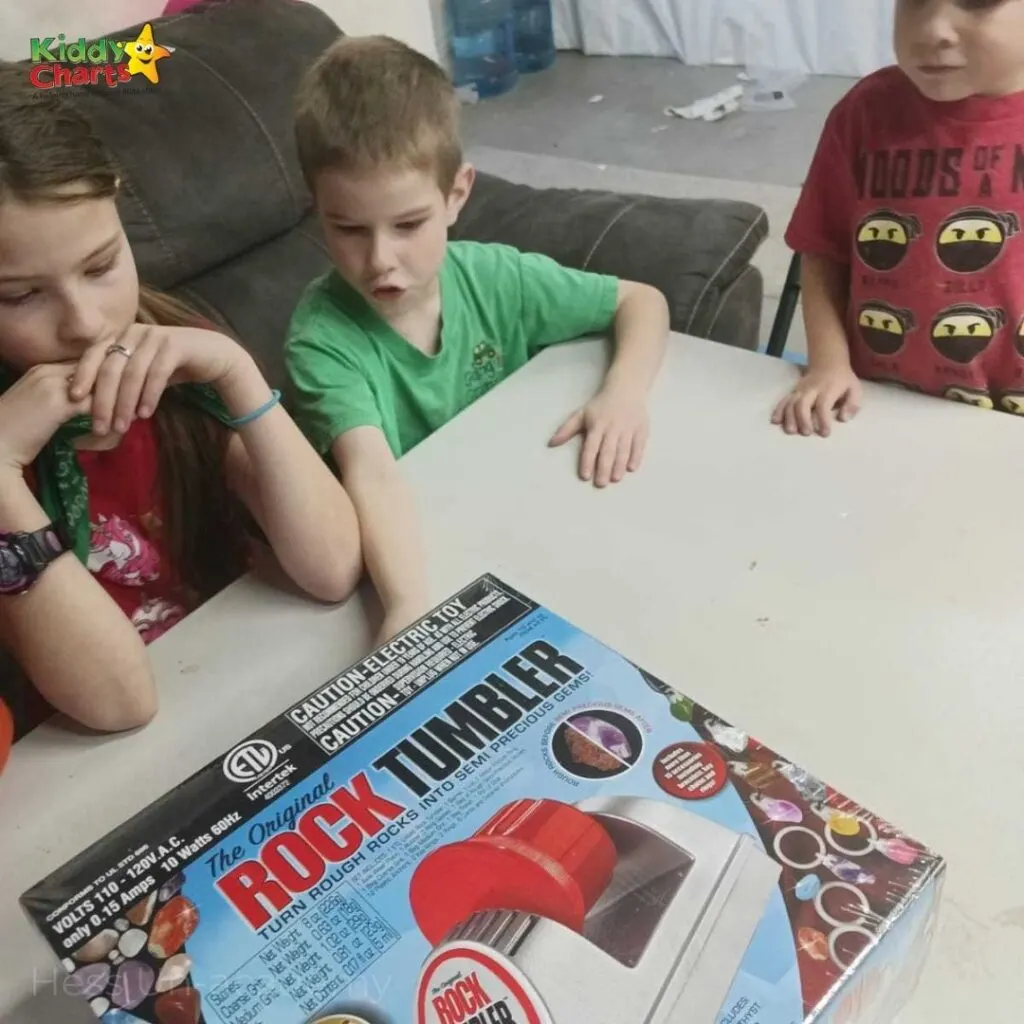
What is a Rock Tumbler?
A rock tumbler has 1 to 2 containers or barrels that you fill with water, an abrasive material like grit, and water.
A rock tumbler holds one or two containers of rocks, abrasive grit, and water. There are two kinds of models: rotary tumblers which turn the barrels, and vibratory tumblers that shake them. Vibratory tumblers are more expensive, but can really polish stones until they shine.
If you’re good with wood crafting, you can make your own rock tumbler. Or, you can get rock tumblers on Amazon or other websites. This is a Rock Tumbler that is a little more affordable for kids in the UK from Trends UK. We are sure there are great alternatives in the US and globally too.
Rock Tumbler learning activity
What to do first
First, talk about different kinds of rocks. Show them pictures from the Internet, including famous rock formations like England’s Old Harry Rocks (a UNESCO heritage site), Ayers Rock in Australia, Bolivia’s Arbol de Piedra, and more.
Then, explain the concept of mechanical weathering and challenge them to find different kinds of rocks. You can go to the playground or park, or make a special trip to the beach or a forest/mountain trail.
Bring the rocks home and take pictures of them. Place them in the rock tumbler. Ask children to observe how the rocks change on Day 3, Day 6, Day 9 etc.
Rock Tumbler instructions
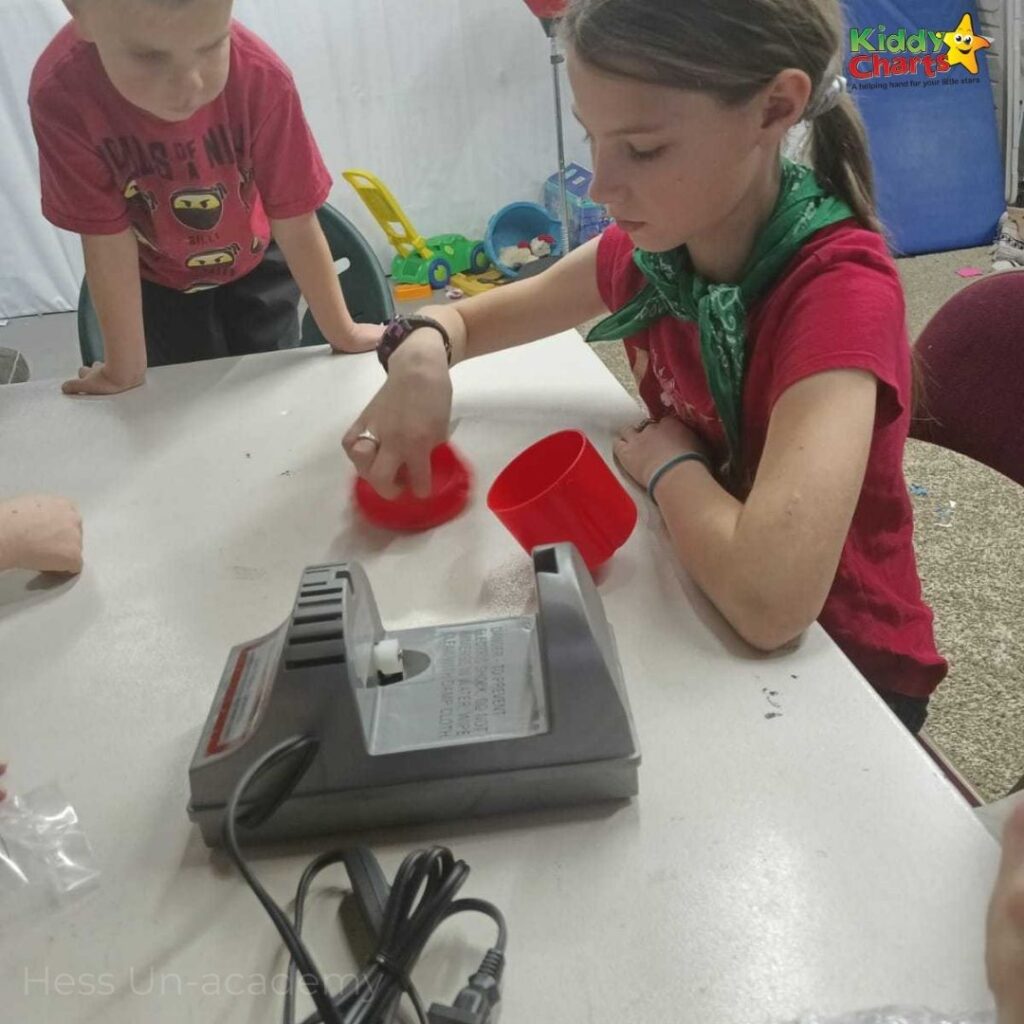
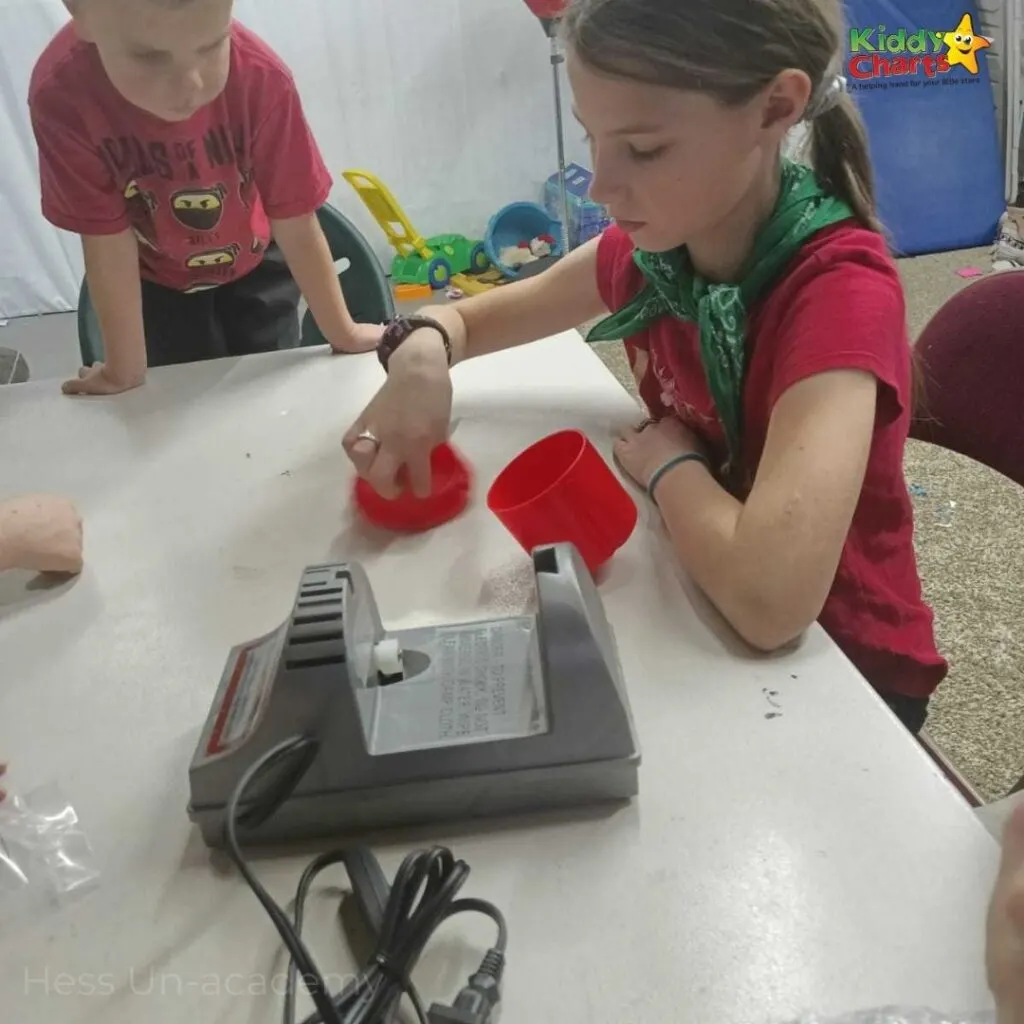
Every rock tumbler will have minorly different instructions but here is the overall idea.
- Gather your rocks
- Rinse them off
- Place them in the tumbling container (remember you can get one on Amazon if you don’t have one already),
- According to your tumbler’s instructions, add the grit and water and close the lid
- Set your tumbler to run in a safe place where it won’t be disturbed
- Check your tumbler after about 3 days. Observe the way the rocks have changed. If needed, add more water or grit (follow your tumbler’s specific instructions).
- Let run for another 3-4 days and repeat step 6.
- Repeat steps 6 and 7 according to your tumbler’s instructions for about a month
- After a month, pull out your rocks
- Rinse them really well
- Observe your newly polished rocks
- Talk about the changes your rocks went through and how these changes can be observed in ‘real life’.

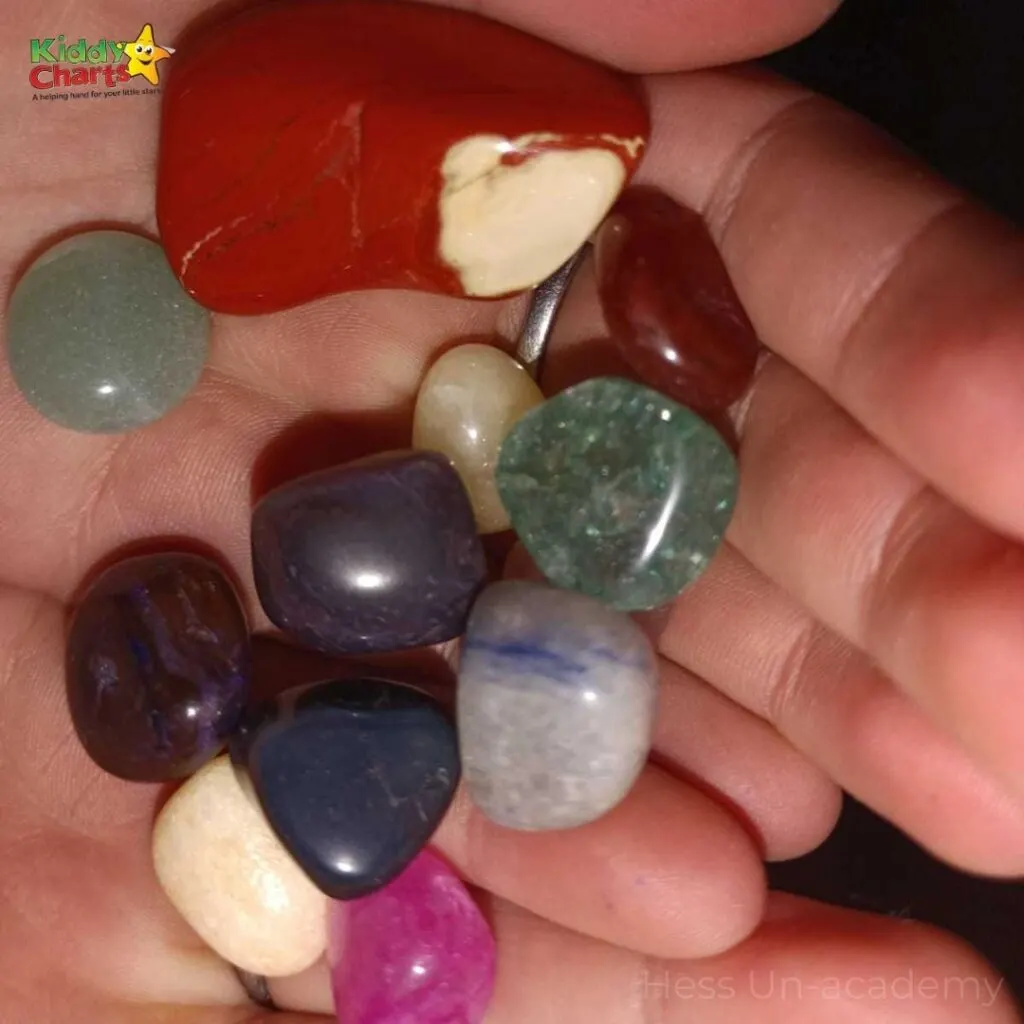
Learning concept
The rock tumbler helps children understand how natural forces have helped shape the landscape. Mountains, canyons, and other physical features of the land have slowly been shaped by water, friction, changes in temperature, etc.
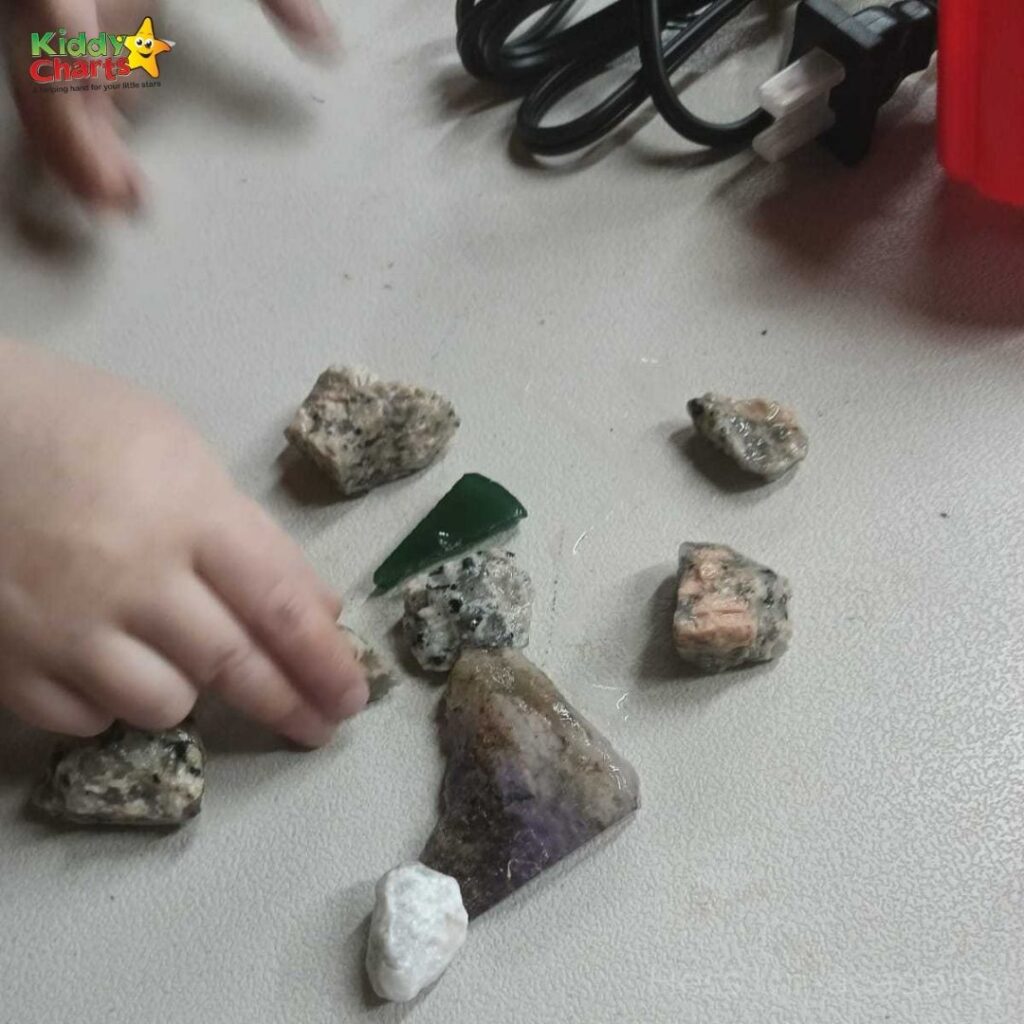

These are the same forces that shape rocks they find, or the gemstones that are used in jewelry. Through the rock tumbler activity, they can see how it works, measure the time it takes for visible results to appear, and compare the results.
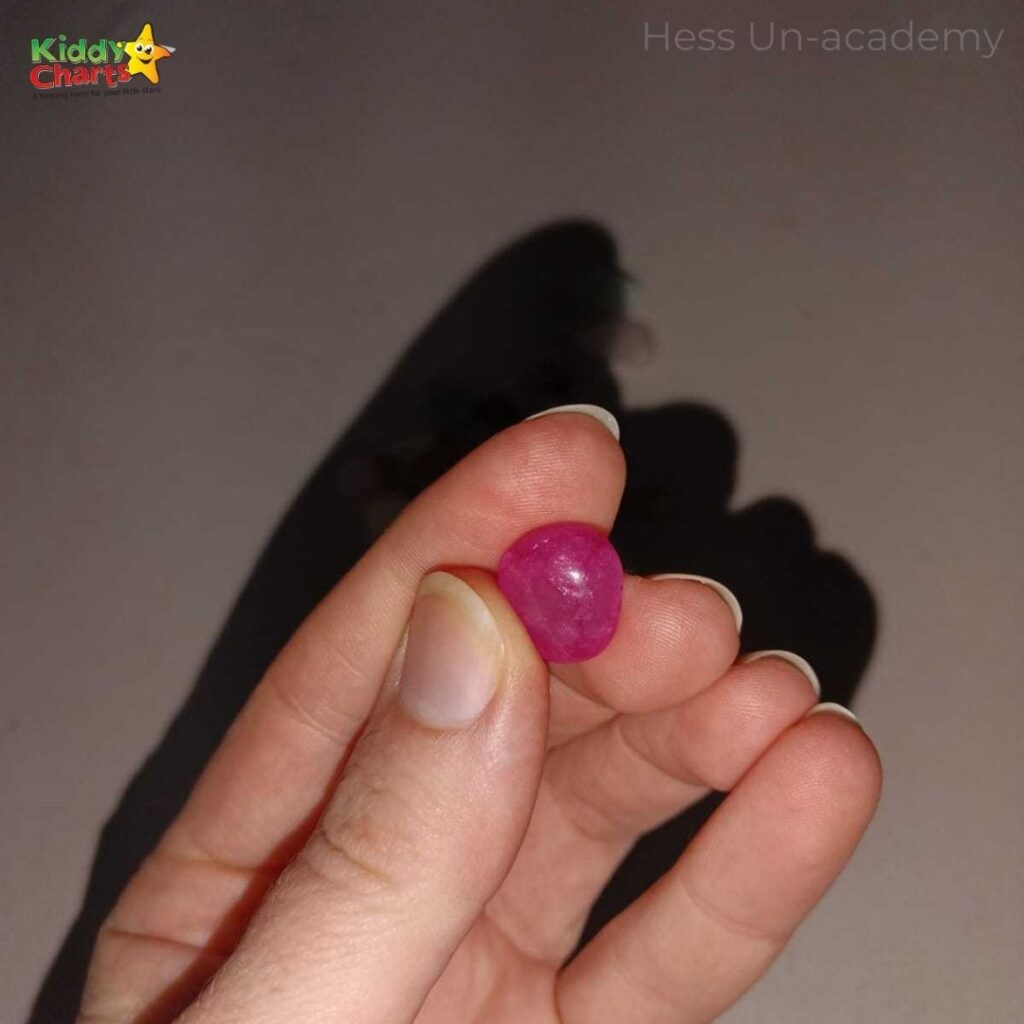
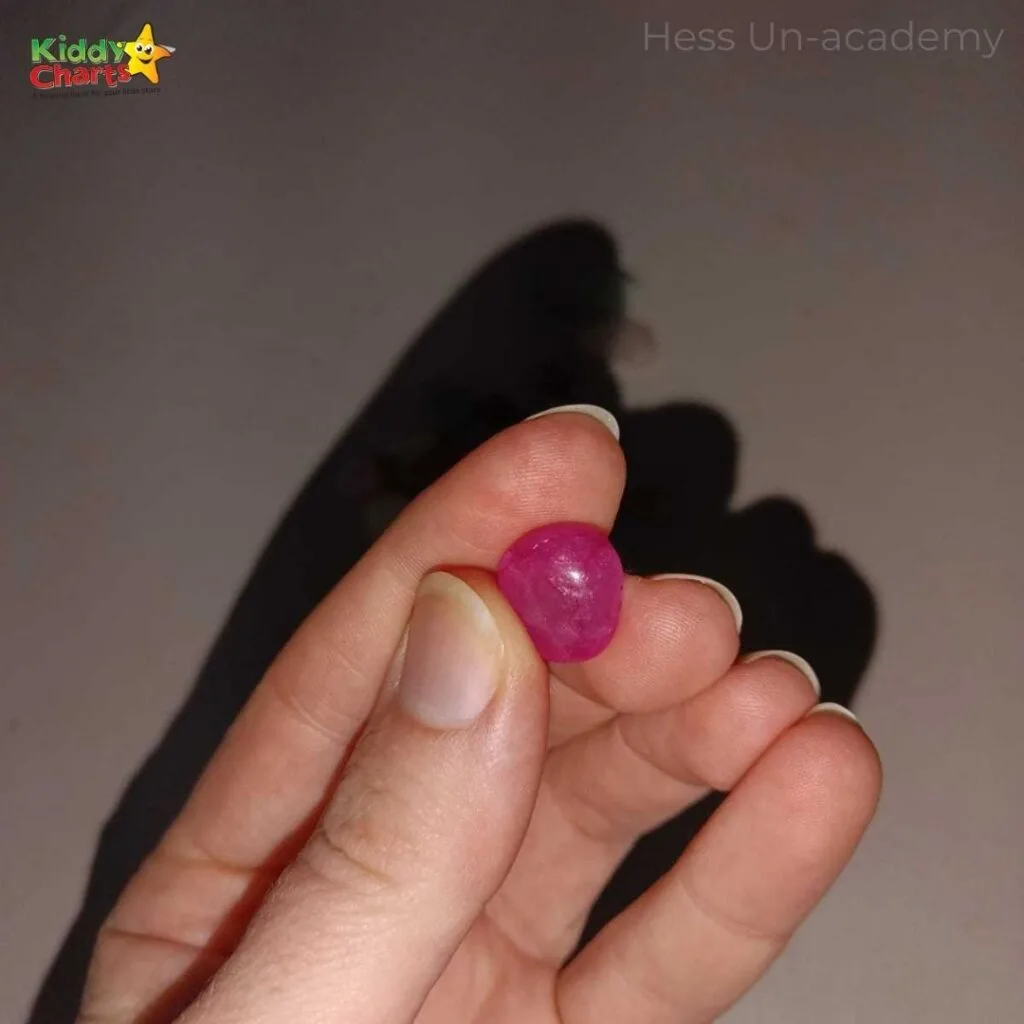
Expand on the learning
- Science. Depending on the age of your child, you can also introduce related scientific concepts like friction (demonstrate with a nail file or sandpaper), or explain more complicated processes that affect rock shapes like thermal stress, pressure, or haloclasty (salt).
- Geography. Talk about famous rock formations or the landscape of the state where you live.
- Art. Think of fun craft projects you can do with the polished stones.
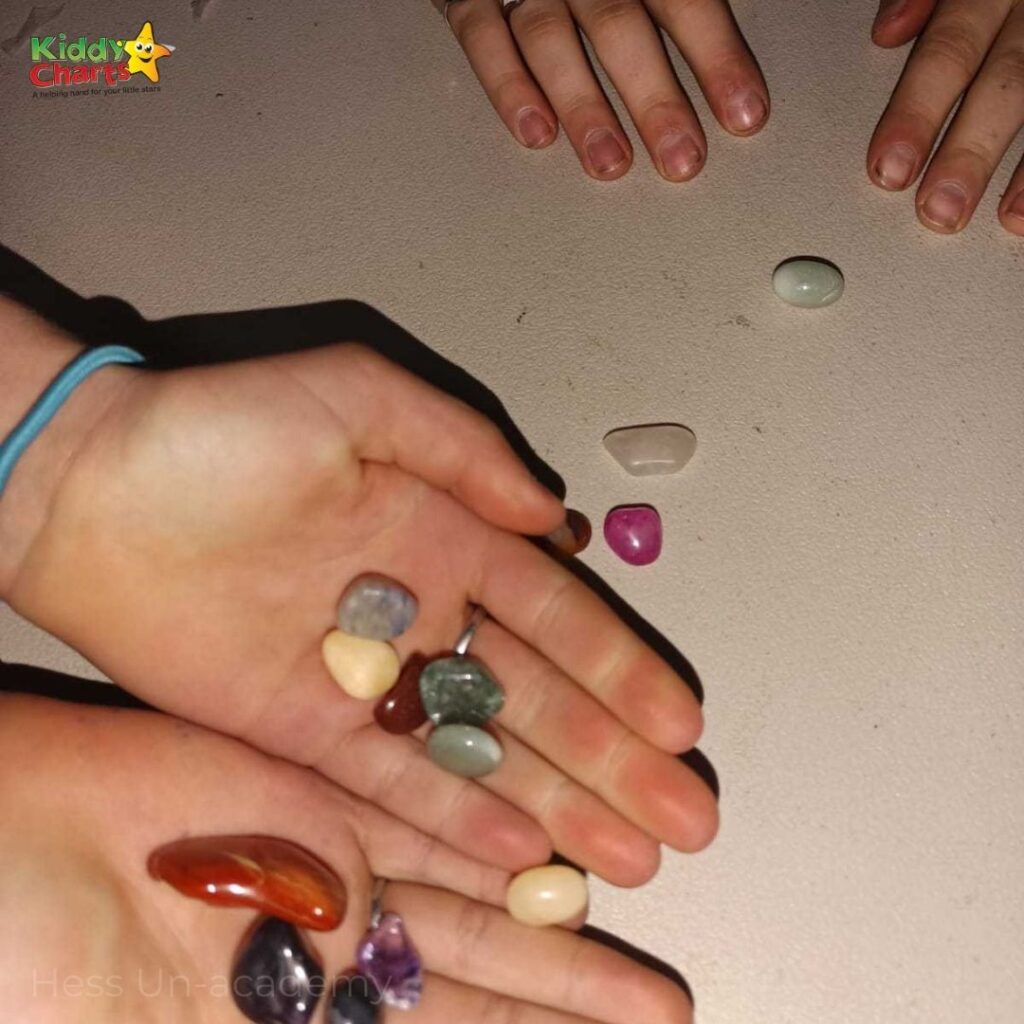
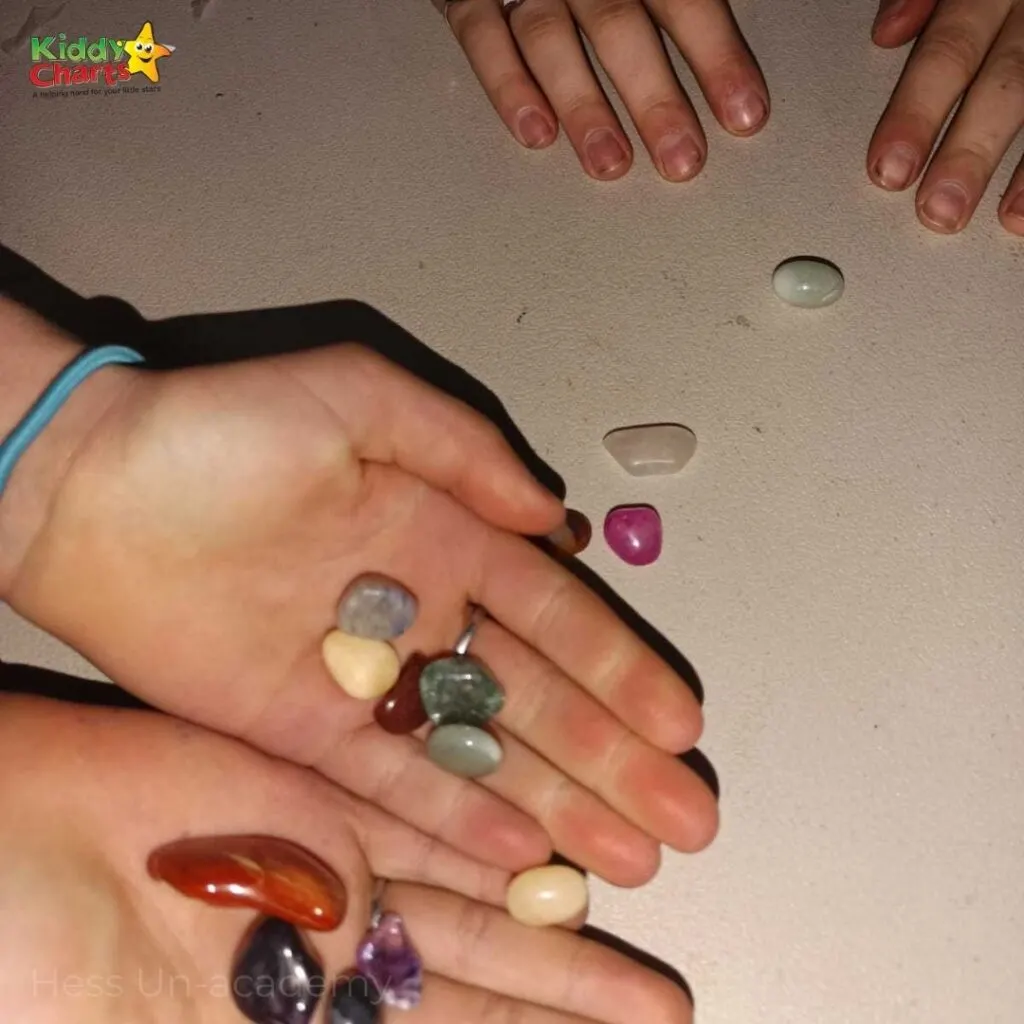
Teach curiosity about the world we live in
Every child is a scientist. They are naturally curious, and as early as infancy will use their senses to explore and learn more about the world.
As parents, we can feed this curiosity with fun home experiments. The rock tumbler activity gives a clear, concrete demonstration of a process that has been shaping the planet for millions of years. Water and gentle vibrations have carved out mountains and valleys, boulders and pebbles. So the next time your child picks up an ordinary rock on the street, he’ll know the backstory and think, “Wow, rocks ROCK!”
Raising Tomorrow’s Scientists
These moments can give your child a real love for science—and who knows, he may decide to make it a career. The world needs scientists, and currently, there is a shortage.
According to the United States Department of Education, only 16% of high school students are interested in taking up STEM. STEM is a special curriculum that focuses on four disciplines: science, technology, engineering, and mathematics. It prepares students for college courses (and eventually, careers) in computing, engineering, physical or life sciences, and Math.
Many families are so interested in these subjects that they find a STEM book or a STEM curriculum that their kids can enjoy. A good STEM book or STEM curriculum will guide your kids on a journey of self-discovery as well as a discovery of the world around them and how they interact with that world. Whether you are a homeschooler or a more traditional schooler, it’s always wise to invest some regular time into STEM projects.
Who knows, your child may take up STEM and be the research biologist who discovers a cure for cancer, the chemist who figures out how to reverse pollution in the sea, or the NASA engineer who builds the first colony on Mars.
But it all starts in building their interest today, through fun home experiments and an environment of learning and curiosity.
Fun STEM Activities
If you're looking to create something fun with your kids then these STEM activities are for you! We hope you enjoy them.
Simple science experiment for kids with vinegar and baking soda #31DaysOfLearning
One of our best STEM posts is this simple science experiment for kids with vinegar and baking soda from our #31DaysOfLearning event.
Build your own robot free STEM printable
Build your own robot with our free printable. It's fun and it's a STEM activity to help your kids learn. Win-win!
Free solar system game for kids to help with STEM learning
Our free solar system game for kids can take your kids to another planet! Download and play today.
Simple weather activity: Shaving foam rain clouds #31DaysOfLearning
This is a lovely simple activity that helps to teach kids about clouds. It is so easy to set up too, made from items you should have in the house anyway.
Free weather chart
We have a completely free weather chart for you to use with the kids too - keep track of the weather in a fun and interactive way, every day.
Take a look at even more great STEM activities from the web below.
More STEM ideas from the web
Combine learning and fun with these STEM ideas from around the web.
28 Days of STEM Activities and STEAM Activities for Kids
This post has 28 days of STEM activities for your kids to try out and enjoy.
13+ Math Toys to Inspire STEM
Who said toys can't be educational? Check out these top math toys for STEM.
40 STEM Activities for Kids
Can't get enough STEM ideas? Here are 40 more!
Fizzing Colors Science Activity
This looks like so much fun - ideal for little hands to explore with. So colourful, and fabulous for them!
See you back here very soon,
Helen


Pin It For Later!




